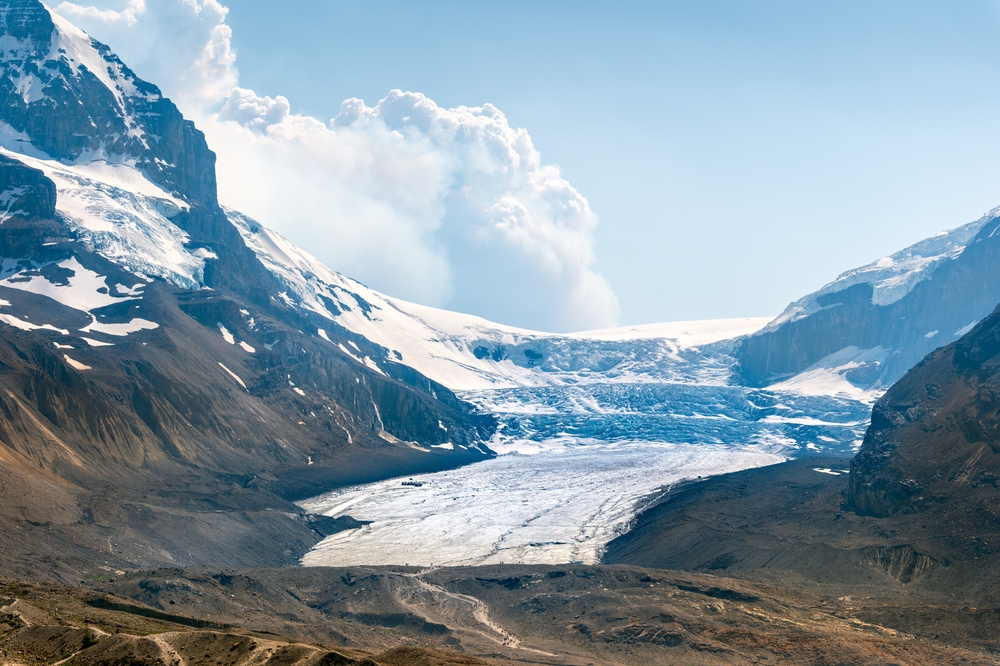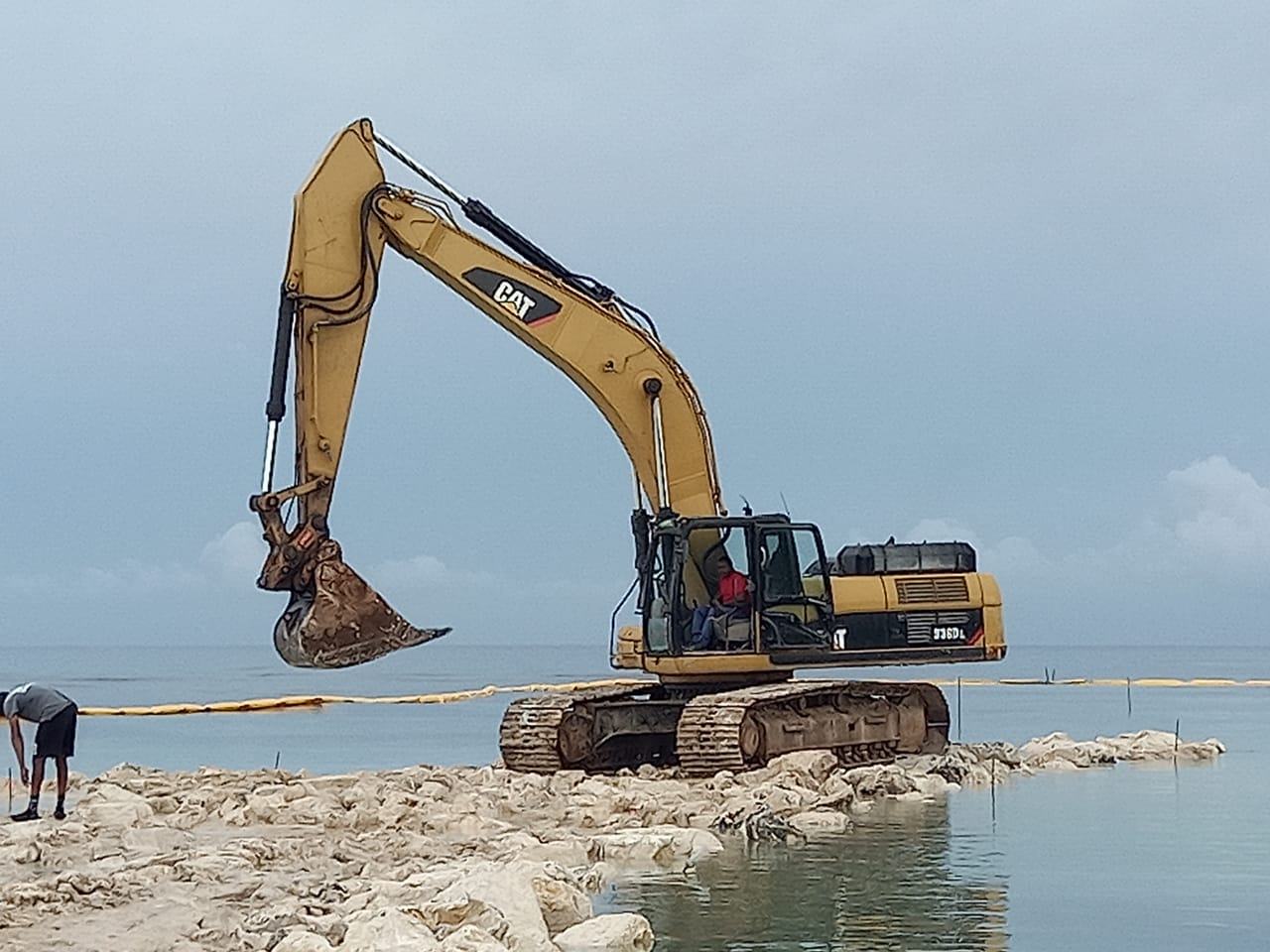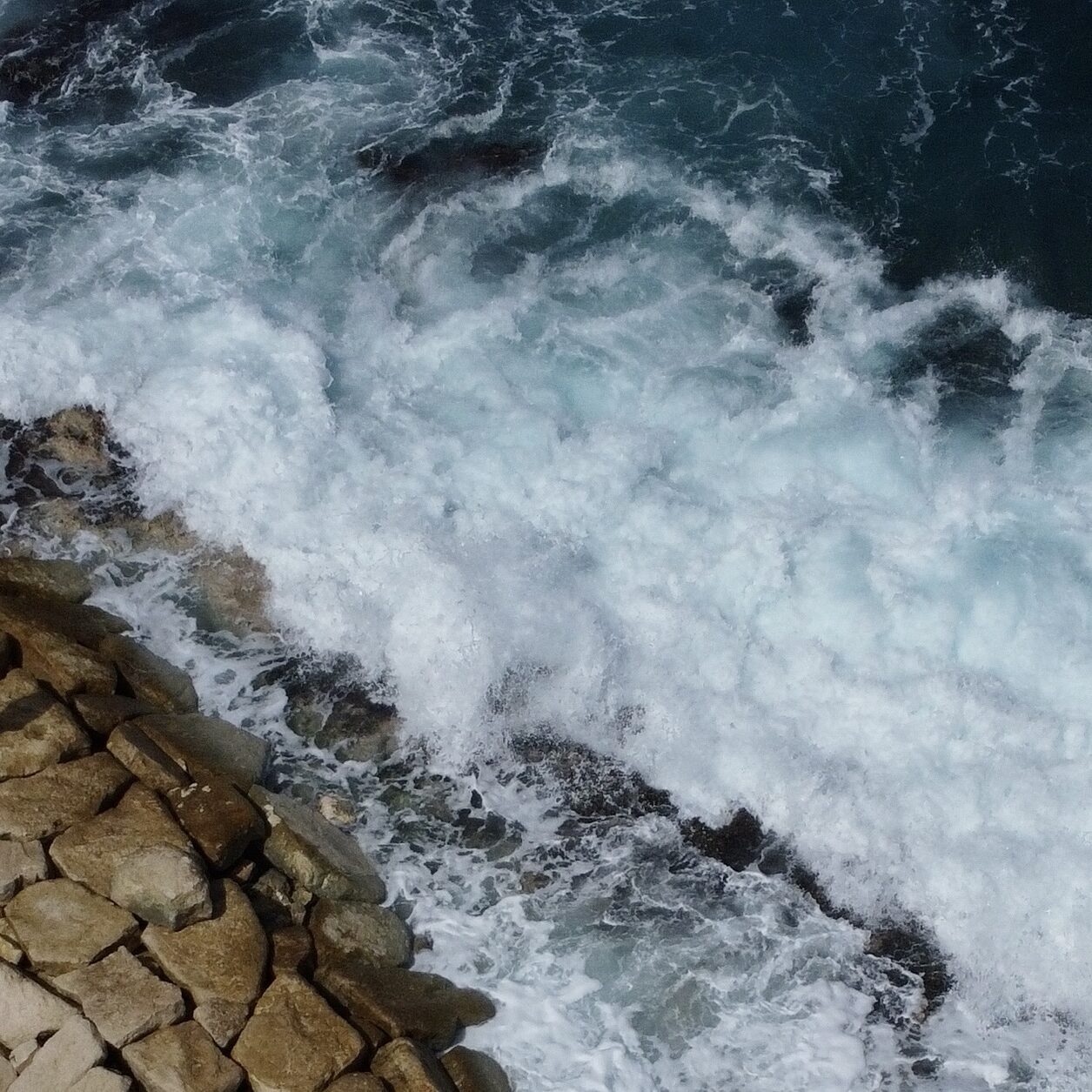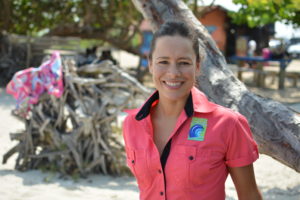 The rapidly changing climate and threat of increased sea level rise have generated not only heightened awareness about the need for coastal protection, but also renewed creativity in how to approach it. Smith Warner’s Senior Coastal Engineer Elisabeth Mondon has worked on hydrological and ocean engineering projects on some of the world’s most vulnerable coastlines from French Polynesia to Australia to South Africa and for the past 14 years, in the Caribbean. Her designs strive to incorporate, whenever possible, the use of nature-based solutions as part of the coastal strategy for disaster risk reduction and climate change adaptation.
The rapidly changing climate and threat of increased sea level rise have generated not only heightened awareness about the need for coastal protection, but also renewed creativity in how to approach it. Smith Warner’s Senior Coastal Engineer Elisabeth Mondon has worked on hydrological and ocean engineering projects on some of the world’s most vulnerable coastlines from French Polynesia to Australia to South Africa and for the past 14 years, in the Caribbean. Her designs strive to incorporate, whenever possible, the use of nature-based solutions as part of the coastal strategy for disaster risk reduction and climate change adaptation.
Where it all Began
Elisabeth was born in Paris to a family originally from a small island called Réunion, a French “territorial department” located in the Indian Ocean between Madagascar and Mauritius. Réunion, whose national park (established in 2007) was named a UNESCO world heritage site in 2010, is ringed by rainforests, sandy beaches and coral reefs; the rugged landscape is forged by an active volcano and incoming daily swell waves. Réunion’s official language is French, but a sizable part of the population speaks a French Creole. The island is home to Malabar Indians, Malays and Chinese immigrants. Elisabeth spent every summer there, growing up on the beach with a culinary fusion of European and “Island” such as French bread and cheese alongside rice and beans, curry goat and jerk chicken, samosas and dumplings.

Studying the ocean was a given to her. With a strong undergraduate background in mathematics, physics, and chemistry, Elisabeth then earned a Masters of Science in Offshore and Ocean Technology in Toulon, France and set out across the world on research projects. She began work researching the impacts of dredging on the environment followed by the use of powerful coastal models being developed to study wave action and storm surge and their impacts on low-lying islands. When she joined Smith Warner in 2007, Elisabeth brought with her a deep understanding of coastal processes and how the movement of low pressure systems determines where storm surges occur.
Nature-based Solutions
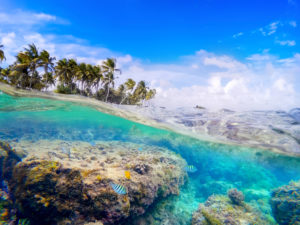 “The sea is an amazing environment in such a way that every structure you put in the sea will encourage life growth that has the potential to become a habitat,” Elisabeth says when asked about nature-based solutions. Her protective designs for breakwaters, groynes, and revetments encourage the use of local stone, rather than concrete, that can be combined with vegetation to fortify the shoreline. “The armour stones are packed and shaped to create a structure in such a way that they will encourage underwater marine life and contribute to increase the natural habitat ”
“The sea is an amazing environment in such a way that every structure you put in the sea will encourage life growth that has the potential to become a habitat,” Elisabeth says when asked about nature-based solutions. Her protective designs for breakwaters, groynes, and revetments encourage the use of local stone, rather than concrete, that can be combined with vegetation to fortify the shoreline. “The armour stones are packed and shaped to create a structure in such a way that they will encourage underwater marine life and contribute to increase the natural habitat ”
Coastal engineers and managers, and, increasingly, coastal property owners, understand that mangroves, sea grasses, and rocky shorelines provide the first and most natural defence system against storm surge and coastal flooding. But with highly-developed shorelines, many parts of the Caribbean have lost this protection. “What needs to happen because of climate change is a combination of protective solutions, or what we call hybrid,” Elisabeth explains. As an example, she points to an ecosystem-based coastal protection solution that Smith Warner designed for Punta Gorda in Belize. The design incorporated the replanting of mangroves that would act as a vegetated berm alongside an armour stone berm revetment. The mangroves would grow to form a protective element with added visual benefits and the ability to be reshaped by various weather events. “We are combining nature-based solutions with traditional protective solutions to reduce the risks to the environment. By contributing to the diversity of the environment, we adapt to climate change and increase the life expectancy of the design.”
All About Balance
“The irony of the situation is that we have removed a lot of what nature created to protect itself to put up buildings, and now that we are losing our buildings, we are finding that we have to re-use what we removed in the first place (stones) to protect our initial investment. If we remove natural features, it is necessary to compensate and replace in order to maintain balance.” Replanting mangroves and sea grasses has the added benefit of creating new zones with high carbon storage potential, an example of humans and nature working together to reverse damage already done and chart a safe and healthier new course. It is ALL about balance.
